Introduction
The discussion on alcohol legalization, especially within specific communities like Native American reservations, brings forward a complex interplay of economic benefits and public health strategies. As communities and policymakers consider legalizing alcohol sales, one of the primary focuses is the potential revenue that could be generated and directed towards treatment and prevention programs for substance use disorders. This narrative seeks to explore the various dimensions and implications of alcohol legalization, examining historical contexts, societal benefits, funding mechanisms, and challenges, particularly in light of the unique cultural and social dynamics of Native American communities.
Historical Context and Legal Landscape of Alcohol in the U.S.
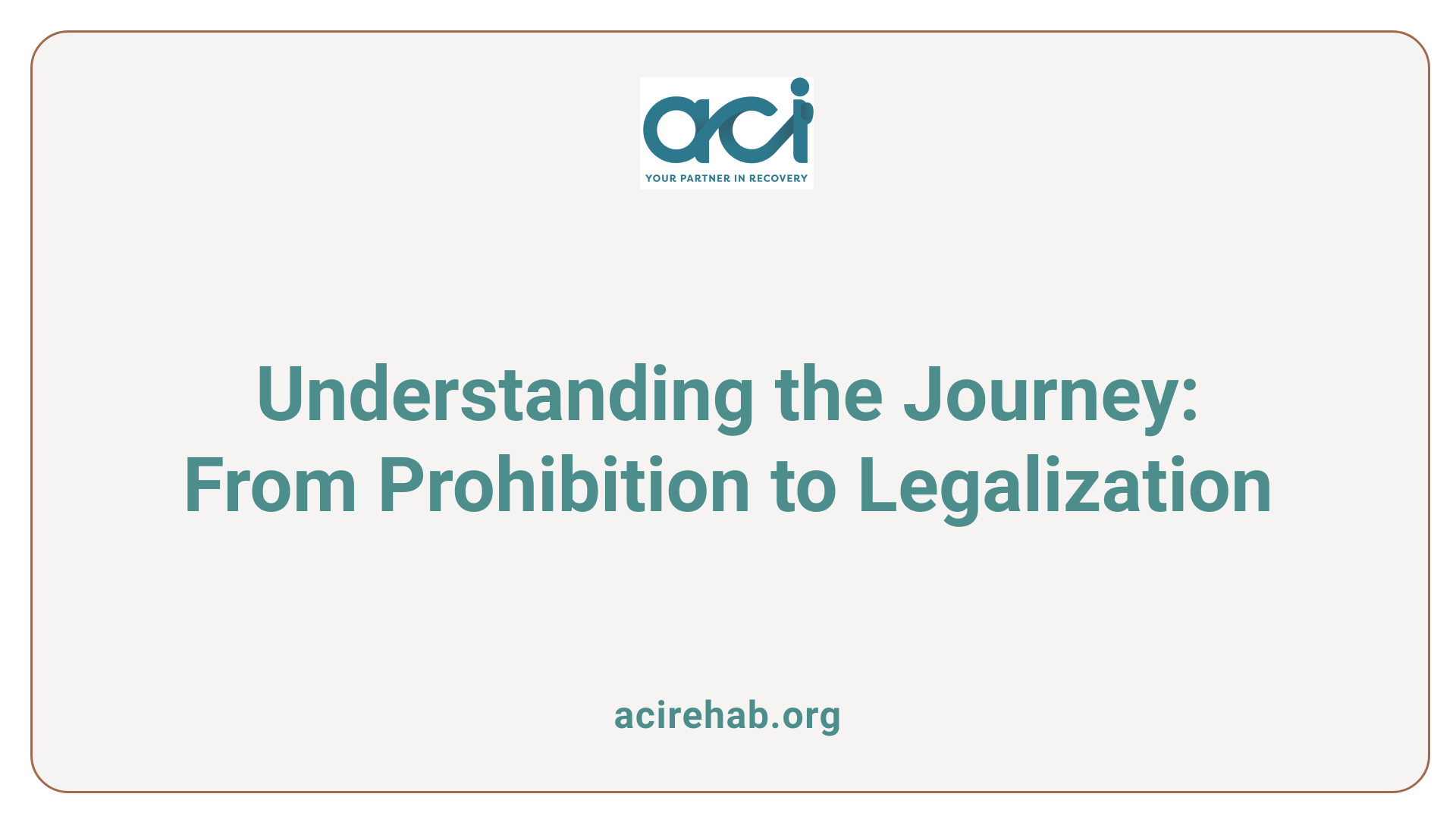
What was the legalization of alcohol in the United States, and when did it happen?
The legalization of alcohol in the United States refers to the repeal of Prohibition, a nationwide ban that began with the ratification of the Eighteenth Amendment on January 16, 1919, and took effect on January 16, 1920. This period was marked by attempts to curb alcohol consumption, which was linked to various social issues, including crime and domestic violence.
Prohibition led to some unintended consequences, such as the rise of organized crime and the emergence of speakeasies—illegal bars that flourished in defiance of the law. As economic struggles deepened during the Great Depression, public sentiment shifted. Many viewed Prohibition as an economic burden that hampered government revenue and job creation, shifting to favor legalization.
Consequently, the Eighteenth Amendment was repealed by the Twenty-first Amendment on December 5, 1933. This repeal reinstated legal alcohol sales and granted states the authority to regulate the alcohol industry, opening avenues for taxation and commerce that continue to have profound economic implications to this day.
| Year | Amendment | Description | Impact |
|---|---|---|---|
| 1919 | Eighteenth | Prohibition begins | Nationwide ban on alcohol |
| 1920 | Eighteenth | Enforcement of Prohibition | Rise in crime and speakeasies |
| 1933 | Twenty-first | Prohibition repealed | Legalization reinstated; states regulate |
| Alcohol industry | Economic recovery opportunities created |
This historical landscape informed current discussions on regulation, taxation, and the economic role of alcohol across various communities, including Native American reservations.
Alcohol Legalization: A Revenue Source for Treatment Funding
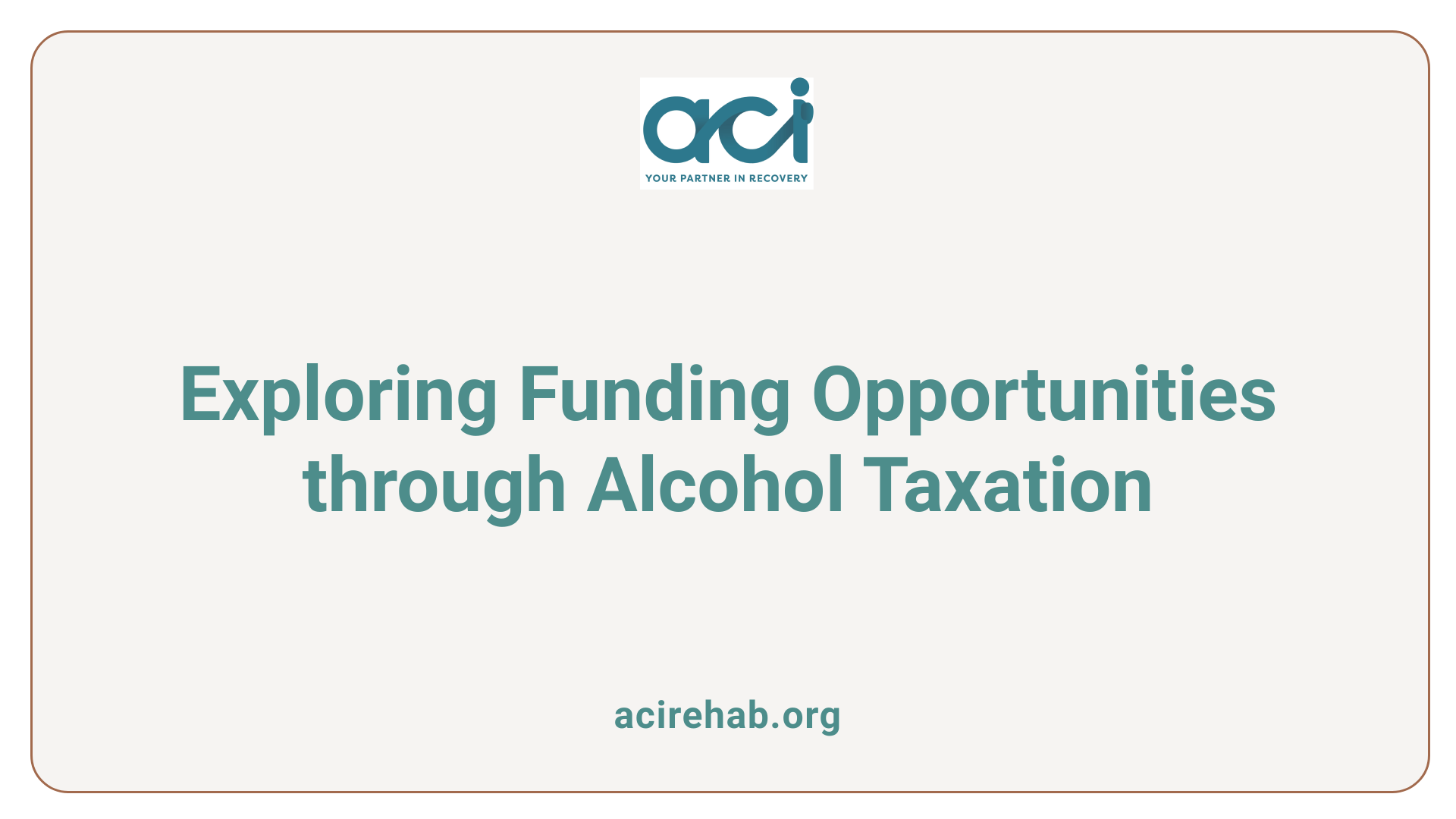
How does legalizing alcohol impact funding for substance use disorder treatment programs, particularly in Native American communities?
Legalizing alcohol and imposing higher alcohol taxes can create a substantial impact on funding for substance use disorder treatment programs, especially within Native American communities. By increasing alcohol prices through taxation, states may witness a decline in consumption, effectively mitigating societal costs associated with alcohol misuse and related health issues.
Here’s how it works:
- Revenue Generation: Higher alcohol taxes generate significant revenue, which can be earmarked for treatment programs targeted at addressing alcohol addiction.
- Decrease in Consumption: This approach has been shown to lower excessive alcohol consumption, particularly among vulnerable populations, such as youth. This reduction can further decrease the negative externalities associated with alcohol use.
While certain states have successfully linked a portion of their alcohol tax revenues to treatment services, challenges persist due to political dynamics that often complicate funding allocations. Advocates argue that effective alcohol taxation must align with public health objectives, prioritizing funding for prevention and treatment initiatives.
To illustrate:
| State | Alcohol Tax Use | Year Established |
|---|---|---|
| Alaska | Significant funding for treatment | 2020 |
| Idaho | Portions allocated to rehabilitation | 2018 |
| New Jersey | $22 million for healthcare subsidy, not directly linked | 2019 |
In conclusion, establishing a structured approach to alcohol taxation can enhance financial support essential for combating alcohol dependency and improve existing treatment frameworks to better support Native American communities affected by substance use disorders.
The Role of Policies in Alcohol Legalization and Public Health
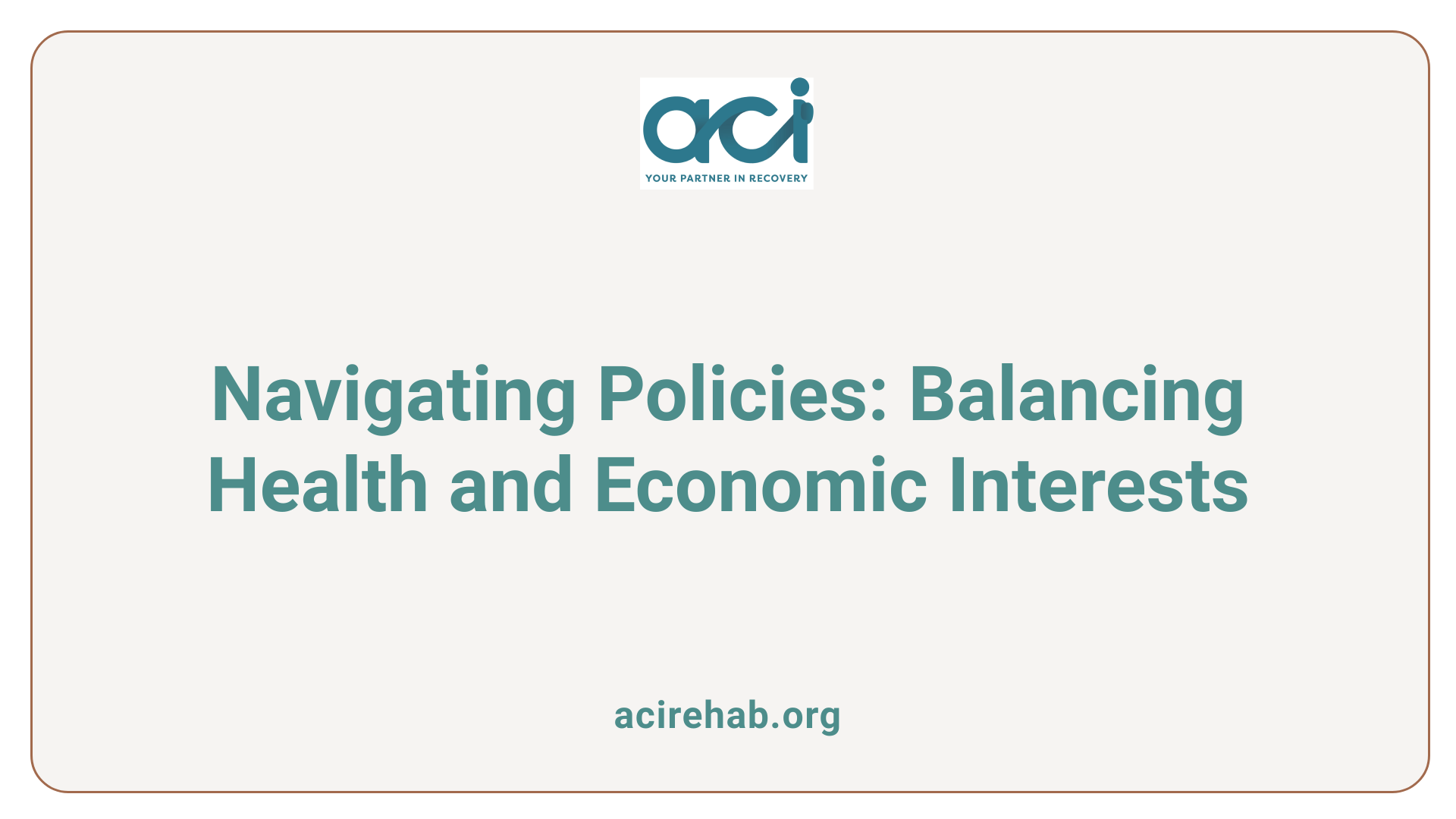
Regulatory Frameworks in Tribal Communities
The regulation of alcohol on Native American reservations is managed by tribal governments, leading to diverse policies. These can range from strict prohibition to legalization aimed at economic development. For some tribes, legalizing alcohol serves both as a financial opportunity and a means to fund treatment programs targeting alcohol-related issues. By establishing a regulatory framework that prioritizes community welfare, tribes can oversee alcohol sales effectively, ensuring responsible consumption.
Community Involvement in Policy-Making
Community perspectives play a significant role in shaping alcohol policies. Tribal leaders must engage community members in discussions about alcohol legalization and its potential impacts. This involvement ensures that policies reflect local values and address public health concerns. Stakeholder participation, including law enforcement and advocacy groups, can help manage alcohol abuse while emphasizing the need for treatment resources funded by alcohol sales.
Public Safety and Health Enhancements
Effective regulation supports public health goals by promoting responsible alcohol access. Implementing strict licensing and age restrictions, alongside community education, can significantly reduce misuse. Additionally, revenues from alcohol taxation can be directed towards comprehensive treatment and prevention programs addressing substance abuse. By aligning alcohol policies with public health initiatives, tribal communities can enhance their support systems for individuals affected by alcohol misuse.
Exploring the World Health Organization’s Stance on Alcohol
How does the World Health Organization (WHO) view alcohol consumption?
The World Health Organization (WHO) considers alcohol consumption as inherently risky, with their assertion that no level of drinking is completely safe when it comes to health. This concern has led to the development of the SAFER initiative, launched in 2019, targeting a 10 percent reduction in harmful alcohol use globally by 2025. This plan emphasizes the need for countries to implement evidence-based strategies to mitigate alcohol-related harms.
Recent Recommendations and Current Guidelines
Adding to the narrative, Canada’s national recommendations announced in 2023 advocate for a completely zero-alcohol approach as the only entirely risk-free option. Although the current Dietary Guidelines for Americans allow for some alcohol consumption—up to two drinks daily for men and one for women—these guidelines are under continual review influenced by studies from the National Academies of Sciences, Engineering, and Medicine.
The Importance of Caution
In essence, WHO highlights the urgency of exercising caution regarding alcohol consumption. Their emphasis on harm reduction aligns with ongoing global health perspectives seeking to improve health outcomes and combat the adverse effects linked to alcohol abuse.
Community Perspectives on Alcohol Legalization
Mixed Views on Legalizing Alcohol
Legalizing alcohol on Native American reservations has sparked diverse opinions within communities. Supporters argue that it offers significant economic opportunities, allowing for the establishment of liquor stores and venues which can generate revenue. This economic influx can potentially enhance funding for treatment and prevention programs addressing alcohol-related issues. On the other hand, there are significant concerns that legalization may inadvertently exacerbate substance abuse problems already present in some communities. The net effect on public health remains a critical point of contention.
Cultural Values in Native American Communities
The decision to legalize alcohol is intricately linked to the cultural values of Tribes. Some tribal leaders advocate for legalization as a means of self-determination and to align with the goals of self-sufficiency. They believe that controlling alcohol sales can be more beneficial than outright prohibition, allowing tribes to manage risks while supporting community welfare.
Economic Opportunities versus Public Health Concerns
Navigating the balance between economic benefits and public health is paramount. As some tribes legalize alcohol to boost revenue for much-needed services, others express fear that it may lead to increased cases of alcohol dependency. Stakeholder involvement, including community members and health professionals, is essential for shaping balanced policies that support economic growth while safeguarding against the potential decline in public health. Engaging all perspectives can help develop comprehensive regulatory frameworks that reflect the community’s unique needs.
Government Support and Treatment Accessibility
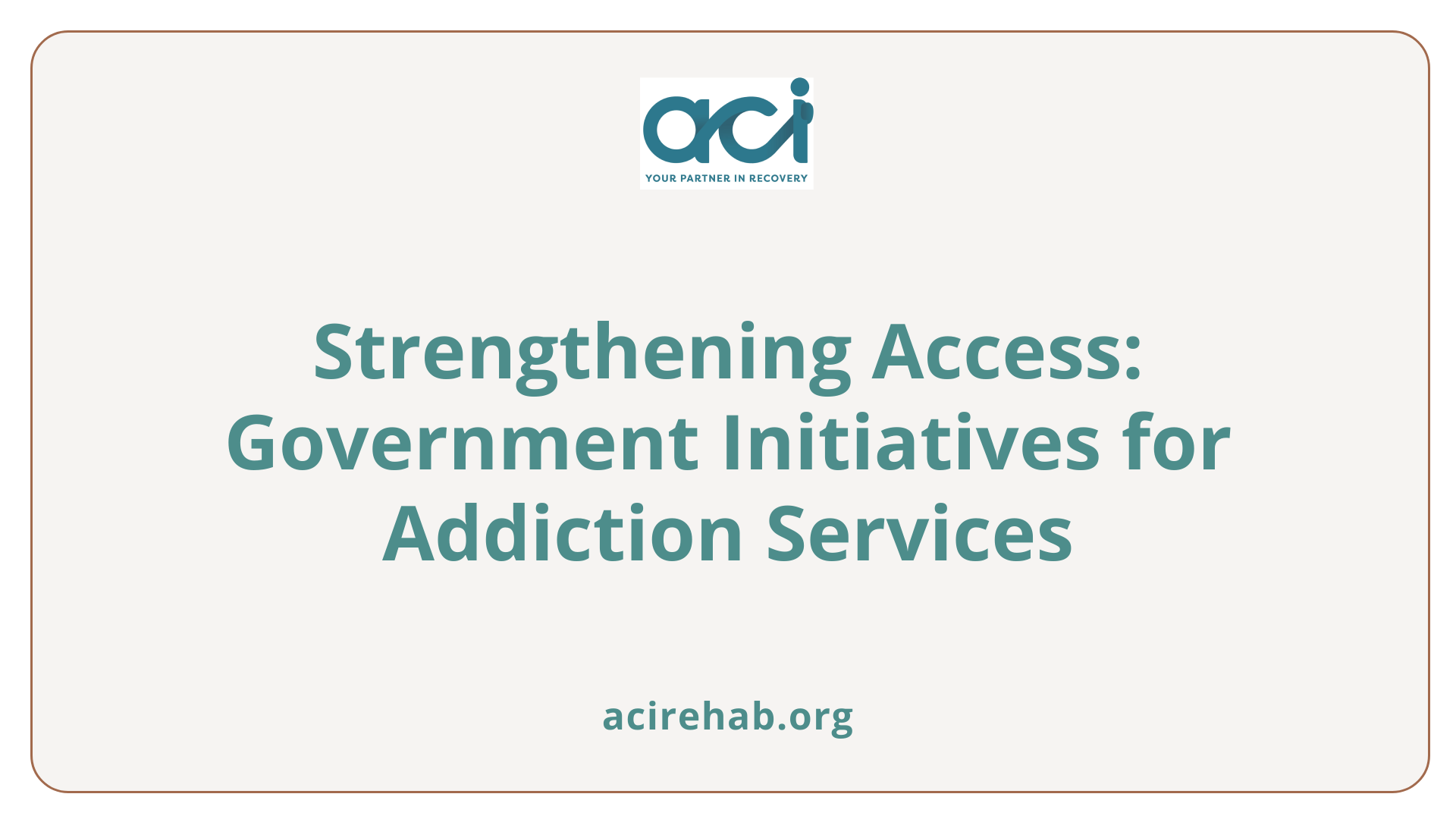
Federal Funding for Addiction Services
During recent years, the federal government has made significant strides to bolster support for addiction services across the nation. A notable instance is the Biden-Harris Administration’s announcement of $28 million in grants specifically for expanding substance use disorder (SUD) treatment services, primarily targeting pregnant and postpartum women. This funding is crucial, as it aims to enhance treatment access for high-risk populations.
Medicare and Medicaid Coverage
Medicare and Medicaid programs are pivotal in addressing alcohol use disorders (AUDs). While Medicare focuses on low-income families, Medicaid extends coverage to individuals aged 65 and older or those with disabilities. These programs help alleviate the financial burden faced by many in need of treatment. The Affordable Care Act further supports this by mandating that mental health and addiction services be included as essential health benefits, ensuring broader coverage for AUD care.
SAMHSA’s Role
The Substance Abuse and Mental Health Services Administration (SAMHSA) plays a vital role in reducing drug and alcohol abuse rates. By providing resources and guidance, SAMHSA helps communities improve access to treatment services and develop preventive programs. Their efforts are crucial in bridging the significant treatment gap, where approximately 22.7 million Americans aged 12 and older need addiction treatment each year but only about three million receive it.
Insights from NIAAA on Alcohol Use Disorder Treatment
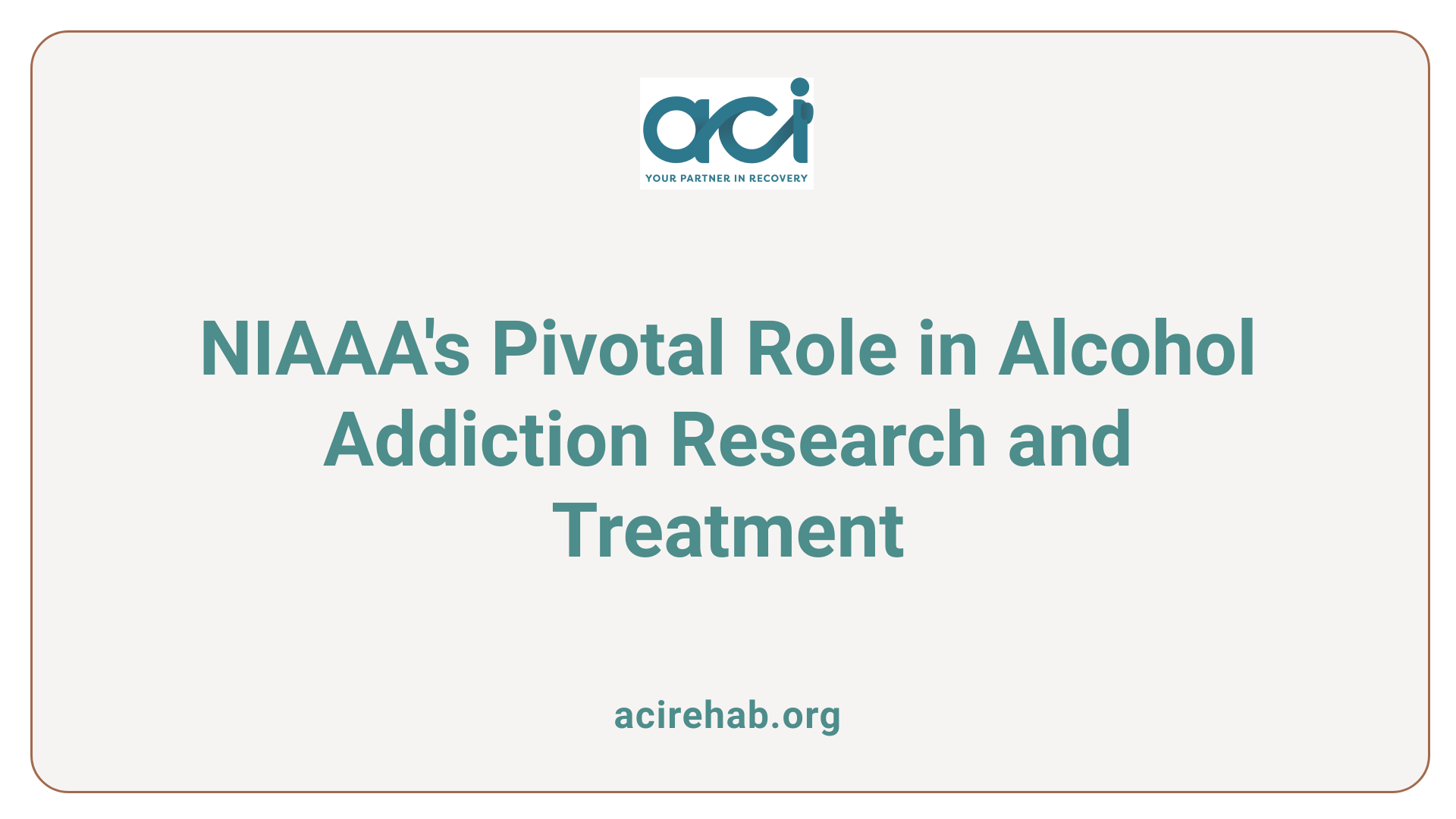
What is the role of the National Institute on Alcohol Abuse and Alcoholism (NIAAA) regarding alcoholism treatment and research?
The National Institute on Alcohol Abuse and Alcoholism (NIAAA) plays a crucial role in advancing research and treatment related to alcohol use and alcohol use disorders. Established in 1970, NIAAA supports a wide range of biomedical and behavioral research, funding approximately 90% of all alcohol-related research in the U.S. Its focus encompasses essential areas like genetics, neuroscience, and epidemiology. NIAAA provides valuable resources for healthcare professionals, including evidence-based care guidelines and access to statistics about alcohol’s health effects.
What strategies is NIAAA employing to advance treatment?
NIAAA promotes various initiatives to enhance access to treatment, especially highlighted during the pandemic. This includes clinical trials aimed at identifying effective therapies and telehealth projects that facilitate remote care, making diagnosis and treatment accessible even for those in underserved areas.
How do NIAAA’s initiatives influence clinical trials and telehealth?
Through its mission, NIAAA aims to improve the diagnosis, prevention, and treatment of alcohol-related problems. By defining recovery from Alcohol Use Disorder (AUD) and increasing the rates of individuals receiving specialized treatment, NIAAA’s strategies are pivotal in fostering advancements in treatment methodologies.
Conclusion
Alcohol legalization, particularly in Native American communities, offers a nuanced opportunity to balance economic growth with community health initiatives. While the potential for revenue generation presents an avenue for bolstering treatment and prevention programs, it calls for comprehensive policy frameworks and accountability to mitigate potential risks. Aligning tribal sovereignty with public health goals can foster environments conducive to both economic self-sufficiency and improved community health outcomes.
References
- How Legalizing Alcohol On Reservations Impacts Treatment …
- Alcohol Legalization on Reservations: Funding Treatment Programs
- Legalizing Alcohol on Native American Reservation to Fund …
- Biden-Harris Administration Announces $28 Million in Funding …
- Government Treatment for Alcoholism
- SAFER – alcohol control initiative – World Health Organization (WHO)
- Policies to Improve Alcohol and Drug Prevention and Treatment
- State Alcohol Taxes Creep Up, But Not to Benefit of Treatment and …
- Financing method for treatment for alcohol or drug use disorders
- Award Information | HHS TAGGS

